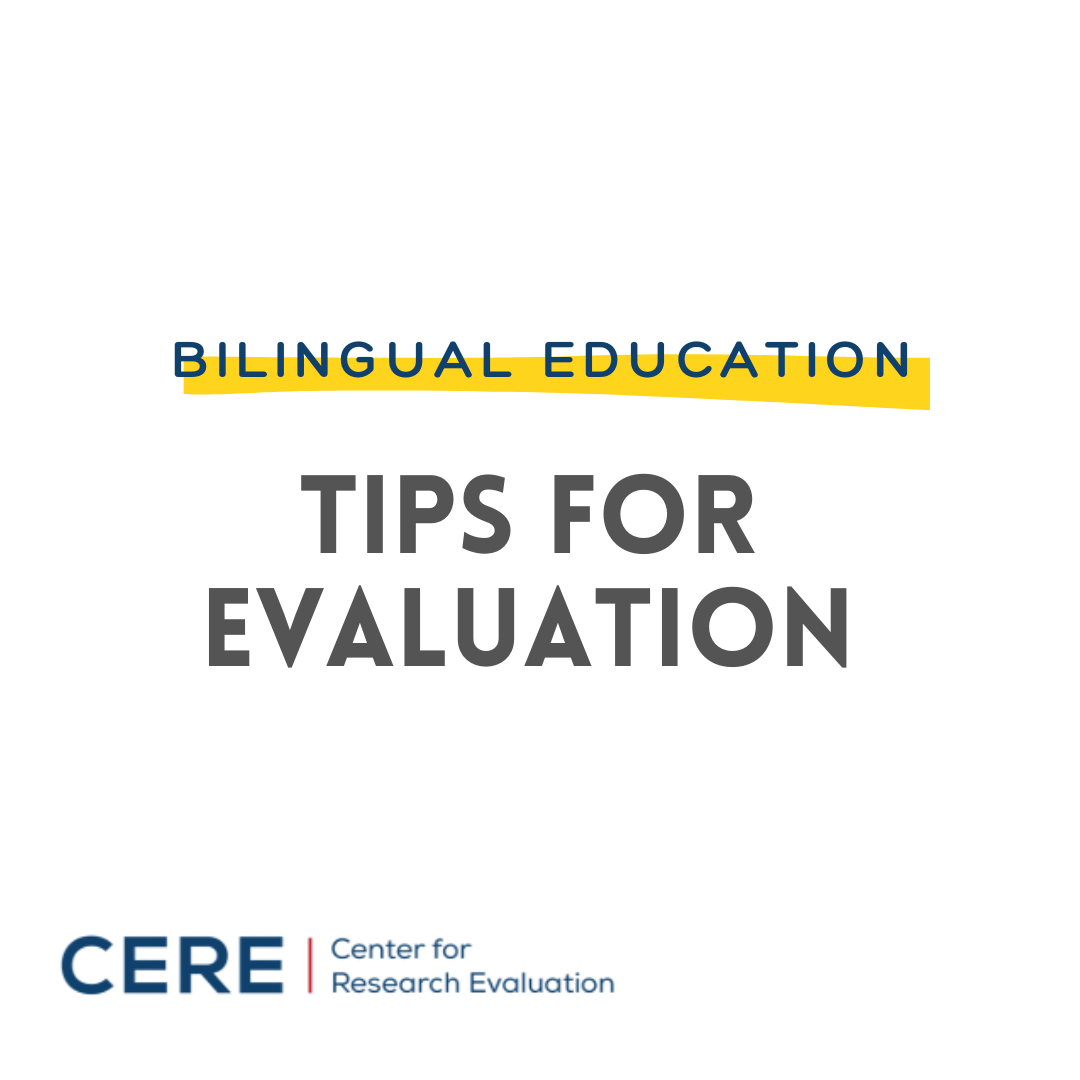
Bilingual/Bicultural Education- Tips for Evaluation
By Olivia Melvin
“Keep your language. Love its sounds, its modulation, its rhythm. But try to march together with men of different languages, remote from your own, who wish like you for a more just and human world.” -Helder Camara, Spiral of Violence
The value of second-language fluency and literacy has increased exponentially in the past several decades, paralleling rapid globalization. An equally important skill that should accompany second-language fluency and literacy is that of bicultural/multicultural fluency. As competency in these three areas has become advantageous in the international job market, bilingual/bicultural/multicultural schools have been established. Many of these schools focus on cultivating an appreciation for native cultural cues as well, creating a holistic approach to the development of bicultural/multicultural fluency in future citizens of the world.
The advent of this relatively new type of school presents a challenge—how to evaluate the design and implementation of innovative, multilingual/multicultural schools. While education-based evaluation is nothing new, evaluating a school functioning under such a complex framework (such as bilingual/bicultural schools) requires comprehensive and adapted methods.
Relevant Terms
The first step in assessing the school’s strategy and implementation is pinpointing and defining relevant terms. For example, some of the key terms used in designing the curriculum and extracurricular activities in bilingual/bicultural schools are: bilingualism, biliteracy, biculturalism, internationalism, global-mindedness and immersion. Each of these terms functions independently while also intersecting with the others. This is particularly important in informing the literature review that guides instrument development for data collection, both in guiding the identification of relevant literature and, subsequently, relevant pedagogical strategies.
Inputs and Goals
The second step is more school-specific. Each school will have a unique set of inputs and short- and long-term goals that are associated with its educational strategy. Some of the inputs of an education strategy may be staff, students, resources, administration and parents. Within the context of bilingual/bicultural schools, the inputs often include staff with a wide range of cultural/linguistic backgrounds. Ideally, staff, teachers and leadership should have a shared understanding of the education strategy and implementation expectations. This allows for the inputs to work together in achieving the short- and long-term goals advertised by each school. These should be visually displayed via a Logic Model and used to build instruments for data collection.
Instrument Development
The third step is to gauge the relationship between inputs and outcomes/impacts by developing appropriate data-collection instruments. These instruments may include surveys, interviews or focus groups. In the context of bilingual schools, these instruments may require translation. Cultural adaptation of content and materials is an important step that should be addressed during and after translation, as well. It is easy to overlook this component, but it is important to remember… some things just don’t translate properly.
Data Collection
The fourth step is to use the instruments to collect data. Institutional data such as standardized testing scores may also serve as a secondary data source in terms of academic achievement. These data can then be used to identify strengths and weaknesses in the school’s strategy implementation and inform improvements.
Reporting-Dissemination of Findings
The fifth and final step is to report and disseminate the findings of the evaluation. The findings of the evaluation should show whether the education strategy of a school supports and enhances its outlined goals (bilingual and bicultural education in this case). The evaluation findings can be used to address areas of improvement in the education strategy, thus creating a model for future strategy implementation.



